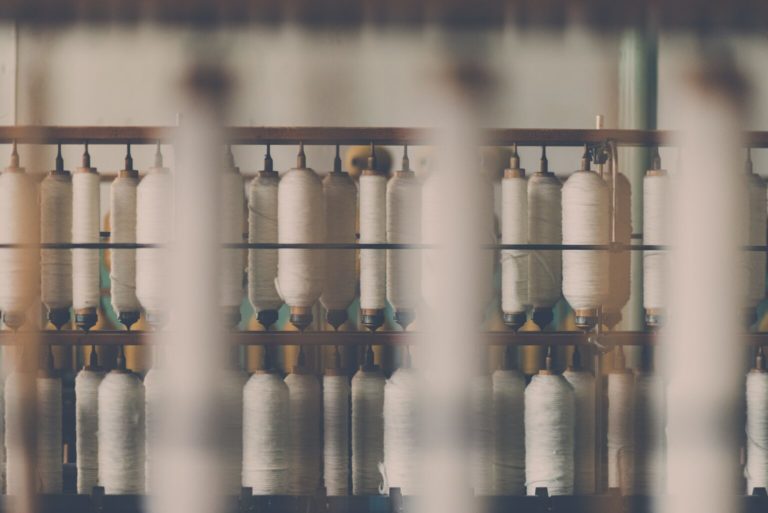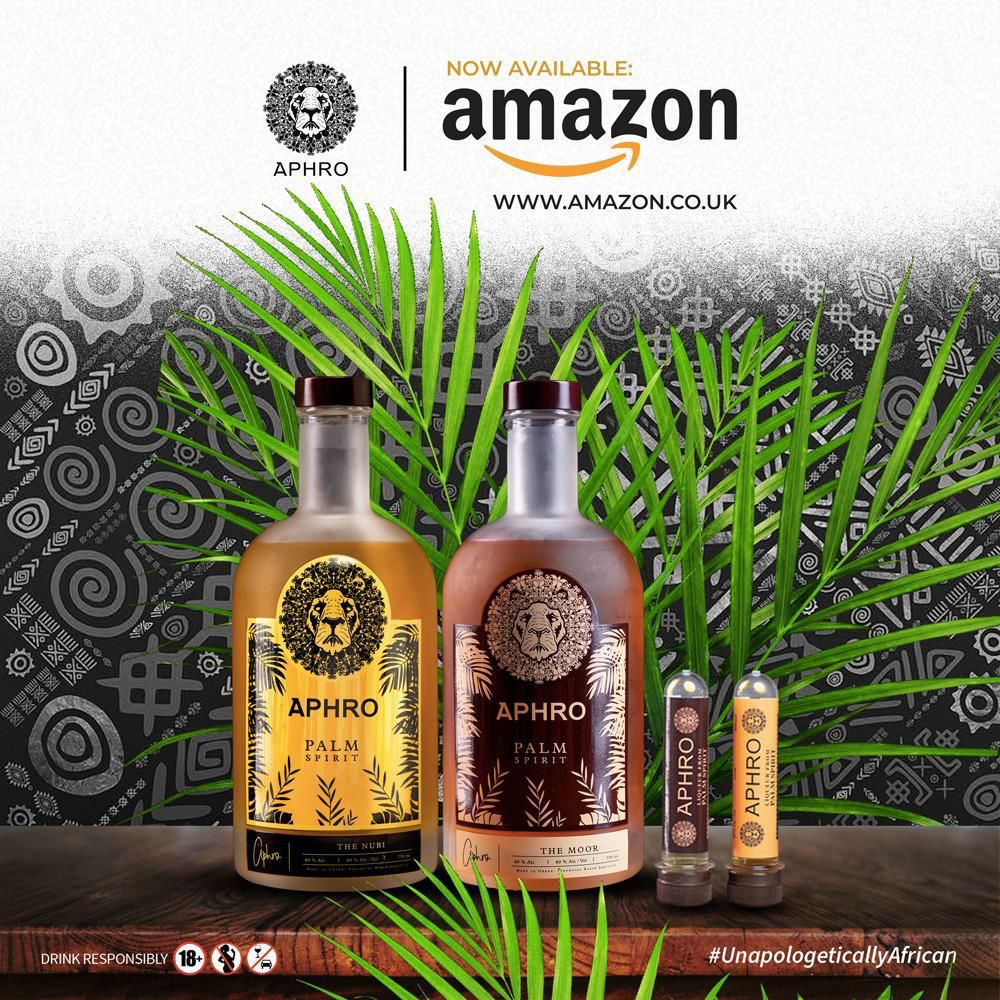The textile and fashion manufacturing sector is one of the oldest and most technologically advanced industries. Its strength comes from its extensive production base of a wide range of fibres and yarns, from natural fibres such as cotton, silk, and wool, to artificial or man-made fibres such as polyester, viscose, nylon, and acrylic. Nevertheless, every stage in a garment’s life endangers our planet – its durability, its resources, and its inhabitants.
Conversely, the textile and fashion industry also has great potential for economic growth. According to estimates, the fashion industry today is worth around $1.3 trillion in retail sales. The question here is, how can countries in Africa harness this potential while minimizing the negative environmental and climate change impacts?
Use Organic Materials
If we are to transition towards a more sustainable textile and fashion industry, we must look for methods of reducing our environmental and social impacts, such as working toward cleaner manufacturing processes that can significantly reduce carbon emissions and water use.
To create a lasting change, we need to swap artificial and processed fibres with sustainable fabrics like organic cotton, linen, wool whilst avoiding polyester and other synthetic, plastic-based materials which have been proven to pollute our waterways and the ocean.
Textile Innovations
Textile innovations are necessary to curb textile waste, from using deadstock to upcycling old/used materials like denim, leather belts & handbags, cotton shirts and blouses. There are a plethora of ways to reuse old fabrics and incorporate them into your designs. With this method, you can protect the environment and reduce costs. Talk about killing two birds with one stone.
Improve the Supply Chain
As African fashion brands strive for a greener future, they must examine their supply chain and increase transparency with respect to the materials used in production, as well as prioritize the welfare of artisans.
Supporting the Next Generation
The African fashion industry’s future is also reliant on the talent of the next generation. The industry needs to invest in the next generation of sustainability-minded creatives as a top priority. All of our specific design courses use sustainability as a filter to highlight different techniques and approaches to fashion design.






























